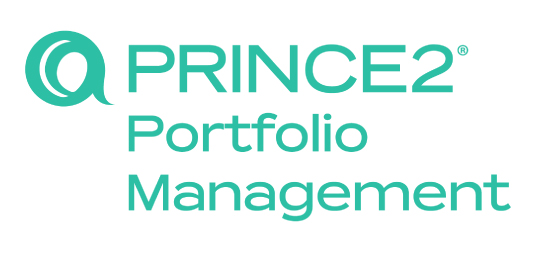The Deming Cycle, also known as PDCA was made popular by W. Edwards Deming. The cycle is an iterative four-step management method used in business for the control and continuous improvement of processes and products.
Let’s take a look…
Plan
In this stage, we must understand the objectives we are looking to achieve, and establish the processes required to meet these objectives.
In the context of the PMO, the ‘Plan’ stage of the PDCA cycle involves the various planning required for a project, programme or portfolio – this might include a finance plan, a costing plan, a work schedule, a resource plan etc. When using the Deming Cycle within our PMO, it must be documented so that we are able to refer back to it and understand how it works and applies.
Do
This stage is where we complete the work needed to achieve the objectives outlined in the ‘Plan’ stage. The ‘Do’ completing what is included in the ‘Plan’ – doing the work, spending the money, allocating resources etc. The plans outlined in the ‘Plan’ section allow members of the PMO to know what they have to do and when they have to do it – this is why good documentation throughout is so significant.
Check
This stage is where any data and results from the ‘Do’ stage are evaluated, and compared against the expected outcomes – what is similar? What is different? Are there any trends that can be identified?
We have to get information from the people who have completed the ‘do’ stage, to understand what they have done, when they have done it, and how it was done.
We then refer back to the ‘Plan’ stage to figure out what was going to be done, how it was going to be done, and what is different to the original plan.
Once we can understand these differences, someone with the correct authority needs to make a decision on how we get to the end of the project. We can think of the project manager, as the satnav of the project – wherever we are on the project we need to establish a route from here to the end.
Adjust
This is where the improvement of a process or a product takes place. Based on the results from the ‘Do’ and ‘Check’ sections, we are able to identify issues with the process. By identifying and addressing these issues, the process will have better instructions, standards or goals.
At this stage of a project, we ask “what do we need to change?”
This may be a budget change, a staffing change, a change in processes of how the work is done, or even changing the overall approach to the project.
From a PMO perspective, we need to understand who has the authority to make the decision on those adjustments – there may be one person who has the authority for timing decisions (e.g. Sponsor), another person who makes the staffing choices, and another for resource allocation.
We need to be able to prepare the information in a way that is understood by all decision-makers – this is a key aspect of the PMO, we act as a decision-enabler, not a decision-maker. This works at every PMO level – at a programme level, the PMO would be responsible for pulling information together from the various projects within the programme to present to the decision-makers.
As such, in the next ‘Do’ phase, there should not be a recurrence of the issues you have already identified, and adjusted to solve. If the issues repeat themselves, the ‘Adjust’ stage was ineffective.
This allows for continuous quality improvement – as the plan for each new cycle of the PDCA method begins with a better baseline, due to the improvements made in the previous ‘Adjust’ phase.
How does this relate to the PMO?
If you’ve worked in a traditional waterfall project environment, you may clearly be able to identify where PDCA fits into your role. However, the PDCA can be more difficult to identify for those working in an agile environment – the PDCA is still used but is used slightly differently due to the changed nature of the reporting cycle.
In an agile environment, reporting is typically completed in line with sprints. However, the underlying PDCA principles are the same. The challenge we face in an agile environment, is how do we align the PMO to the PDCA cycle for waterfall environments with the agile cycles when we’re trying to complete consolidated reporting for PMOs?
Where can I learn more?
If you’re looking for the solution to this challenge, as well as understanding how the PMO should adapt itself to support the hybrid portfolio, the differences between the frameworks which are used to scale Agile and SCRUM, or looking to make the changes necessary to support agile and traditional projects, programmes and portfolios, the Lean-Agile PMO course is for you.
The course outlines the process and capability changes needed to up-shift the PMO function providing a purposeful governance framework for both agile and traditional projects and programmes. This framework outlines the agile PMO events and ceremonies. It includes agile risk management, Red-Amber-Green Status analysis, agile checkpoints and status reporting.
>> Make sure you book the popular Lean-Agile PMO course today
Enjoying Our Blog?
Sign up and receive all our articles (we’ll send you an update once a week!) plus special offers and events:







